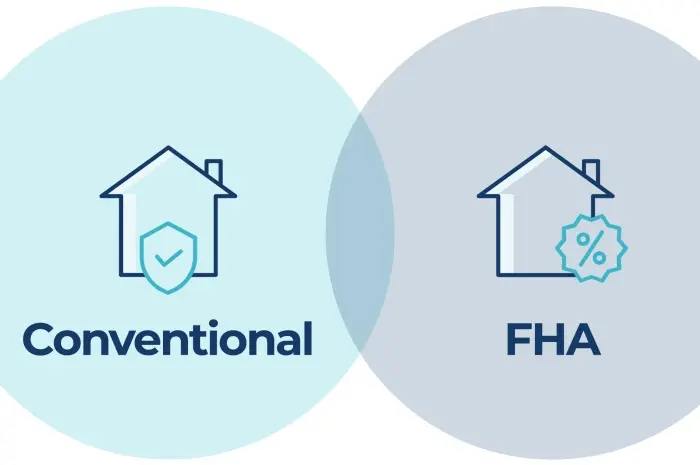FHA vs. Conventional Loans
Are you trying to get a loan so that you can purchase your first home? First-time home buyers often have lower incomes and shorter credit records than others, and are also more likely to be seen as risky investments on principle.
Since you’ve never bought a home before you’re an unknown quantity where lenders are concerned. This can make them hesitant to approve a mortgage for you. When you shop for loans you’ll be mostly looking at two types: FHA and conventional loans.
FHA loans are loans which are insured by the Federal Housing Administration. This program for first time home buyers allows you to get FHA mortgage insurance, which usually costs less than private insurance and which makes lenders feel more comfortable investing in you since the government is willing to back you.
Read: Ciwidey Bandung Tourism that You Must Visit
If you don’t have money for a down payment, FHA loans are the route for you to try first. Otherwise you’ll need to save up some money so that you can get a conventional loan, which requires you put down between 5-20% up front.
With a conventional loan, not only do you need to have money to make a down payment, but you also need to be able to afford private mortgage insurance if you don’t own 20% equity in the home. That means that if you put down 19% or less on the house, you’ll be paying more every month for the insurance on top of your mortgage payments. You may be required to do this until you do own 20% equity or until a certain time period has passed—whichever comes last.
What are the other features of conventional loans?
Conventional loans are easily confused with conforming loans, but aren’t the same thing. Conventional loans are allowed to either conform or not to the loan limits set by Fannie Mae and Freddie Mac, the two government sponsored corporations which create these guidelines.
A loan limit is exactly what it sounds like—an upper dollar amount which a lender can loan you to purchase a house and still be considered “conforming.” Non-conforming loans, which exceed these limits, are called “jumbo loans.” Both are examples of conventional loan types.
The most popular FHA loan is called 203 (b). This type of loan is a thirty-year fixed loan, which means that over the duration of the thirty years, your interest rate remains the same, regardless of what is happening in the housing market. There are also conventional fixed-rate loans, and thirty years is a very popular timeframe, but others are available as well.
There are also adjustable rate mortgages available through the FHA Adjustable Rate Mortgage Program, also known as Section 251. Adjustable rate mortgages are commonly offered conventionally as well. So preferring a fixed or adjustable rate mortgage shouldn’t stop you from looking into FHA loans or conventional loans. There are suitable options either way.
Similar Post: Best Things to do in Purwokerto
How do you decide which type of interest rate to get?
It depends on many factors, but a prime one to consider is how long you wish to live in the house you are purchasing. If you are only planning to live in the home for a few short years, you may well benefit from the low initial fixed rate on an adjustable rate mortgage. Nonetheless, after a few years this fixed rate will convert into an adjustable rate which floats against the housing market index.
Whatever the economy is doing at that point will impact your rates—for better or for worse. If you favor predictability instead and especially if you plan to spend a long time in your home, then you may want to get a fixed rate instead.



